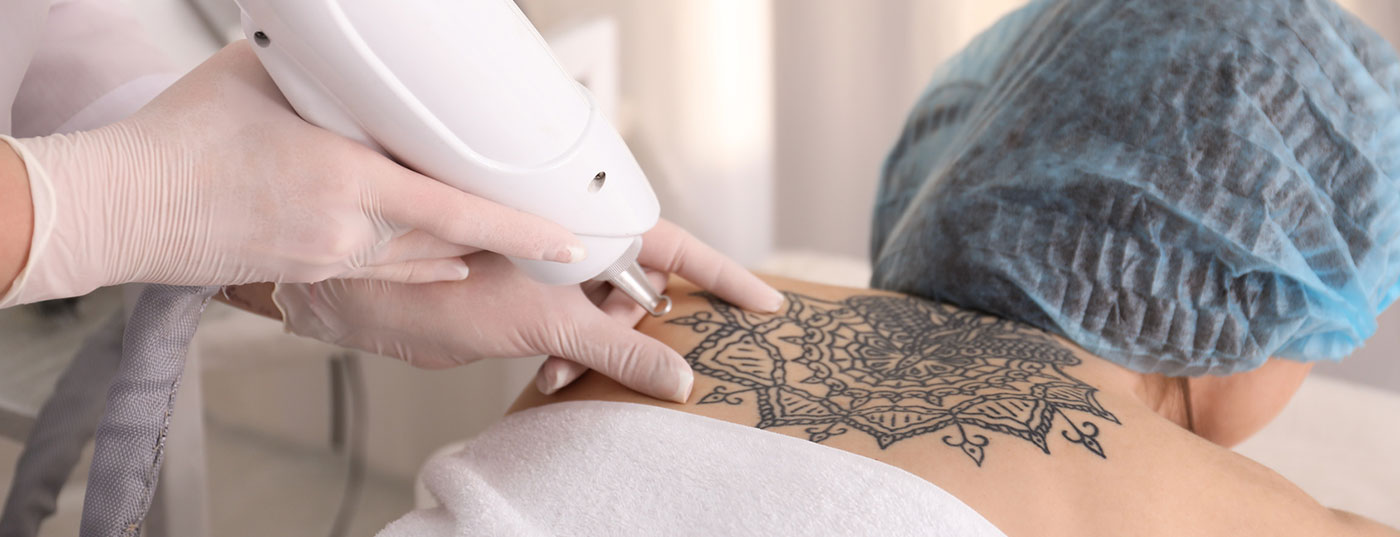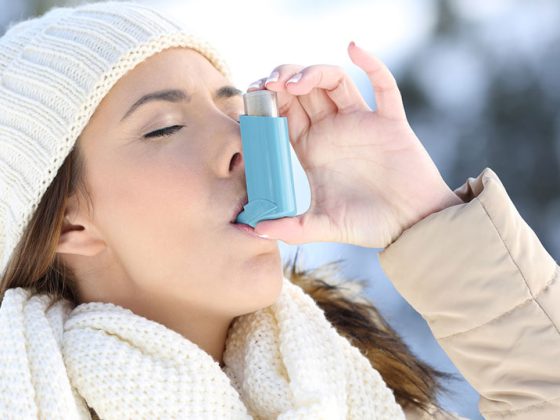Tattoos have a long tradition. Already several millennia ago people have tattooed and just as old is the desire to remove these changes in the skin appearance again. Unlike previously used methods, today’s laser treatments offer a low-pain version of tattoo removal. There are a few things to keep in mind in order to achieve the best possible results.
How far back the tradition of tattooing goes is shown by the example of the glacier man Ötzi, who had lived over 5000 years ago and on whom traces of signs that had been brought under the skin with needles or by incisions were found. Even today, tattoos are a popular form of body decoration and often serve as a means of expression or as a socio-cultural mark of identification. In addition, there are permanent make-up as well as medical-therapeutic cover-up techniques for the treatment of hypopigmented skin areas in vitiligo, for the concealment of hair loss or for the reconstruction of the areola after cancer surgery.
Get rid of tattoo again – but how?
Since tattoos exist, the question of how they can be removed again is also topical. The earliest references to tattoo removal date back to 4000 year old mummies of the Egyptians. The procedure was first described in detail and handed down in the ancient Greek medical encyclopedia Tetrabiblon by the physician Aetius of Amida [1,2]. The motives are many, often your own view of the tattoo changes and you want to get rid of the tattoo again. But there may be other reasons, for example, in ancient Greece tattoos were often signs of servitude or a mercenary service. The ancient Egyptians performed an abrasive procedure using saltpeter and terebinth resin, whereby the top layers of skin were rubbed off with salt granules. Depigmentation was then done with honey, lime and paprika. This painful procedure was called salvation and variants of it were still practiced into the 20th century along with other methods, some of which were also very unpleasant. Such as the technique known as dermabrasion by the ancient Romans, in which the upper layers of skin were loosened with a sandpaper-like strip. The first recorded laser removal of a tattoo occurred in 1967 [1,2]. It was the beginning of the era of a less painful method and thus a great advance. Rapid advancement in laser technologies has steadily improved the effectiveness and safety of laser technology options.
Which laser device for which tattoo?
Photothermolysis by laser is nowadays the most effective method for removing unwanted tattoos . Depending on the color of the tattoo, lasers of different wavelengths are used. The patient’s skin type and age as well as the localization and age of the tattoo also play a role in the selection of the laser. In the past decades, there have been enormous technological advances in the field of laser technologies.
Nowadays, “q-switched” (QS, “quality-switched”) lasers in particular, which produce nanosecond pulses, can be used for selective tattoo removal. In this concept based on the principle of photothermolysis, the wavelength is tuned to the tattoo pigment, with the length of the pulse being shorter than the thermal relaxation time of the pigment [3]. This allows selective destruction of the target pigments in the skin without damaging the surrounding tissue. The following types of QS nanosecond lasers have been most successful for tattoo removal [3]: Nd:YAG (532 nm), Nd:YAG (1064 nm), alexandrite (532 nm), and ruby (694 nm).
|
Match wavelength to tattoo pigment Wavelengths of 1064 nm (Nd: YAG) and 755 nm (alexandrite) are suitable for removing black and blue tattoos. For blue, black and green tattoos 694 nm (ruby) and for red tattoos 532 nm (Nd: YAG). In addition to color, the type, age, and location of the tattoo, patient age, and patient skin type are critical in choosing the correct laser and individual parameters [3]. |
Regarding complication risks, transient or permanent hypopigmentation was observed at shorter wavelengths (e.g., Nd:YAG 532 nm, alexandrite 755 nm, ruby 694 nm). This can be explained by the fact that the melanin present in the epidermis is addressed. For this reason, shorter wavelengths should not be used for darker skin types. Since longer wavelengths such as 1064 nm (Nd:YAG) are associated with lower melanin absorption, they are considered safe for dark skin types [3]. Since water is no longer the target chromophore, scarring rarely occurs when QS lasers are used. Complete removal of the tattoo is not successful in all cases, a kind of ghost image may remain.
Nowadays, the following methods are sometimes used for non-selective tattoo removal [3]: mechanical (salabrasion and excision), chemical (trichloroacetic acid) and thermal (electrocautery, cryotherapy and continuous wave laser).
Literature:
- Risch P: The beginnings of tattoo removal. aesthetic dermatology & cosmetology 2020; 12: 6. https://link.springer.com/article/10.1007/s12634-020-1069-5
- Zhitny VP, Iftekhar N: Tattoo Removal: A Practice from Ancient Times. Dermatology 2020; 236(4): 390-391, https://doi.org/10.1159/000506419
- Soemantri SP, Hoffmann K, Hoffmann K: Tattoos: How does the color get into the skin and how can it be removed? Pediatric Allergology, 01/2019, 12-18, www.tattooentfernung-uniklinik.de
- Seeber N: Status of Tattoo Removal 2020. 30 years of experience. Nikolaus Seeber, MD, SGML20, Zurich, Jan. 16, 2020
DERMATOLOGY PRACTICE 2020; 30(5): 46











